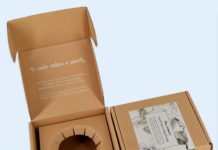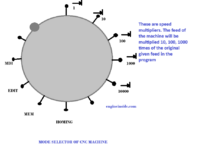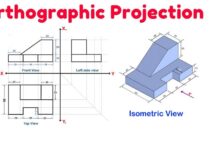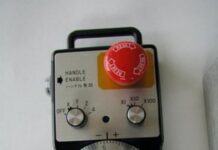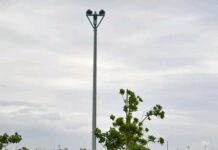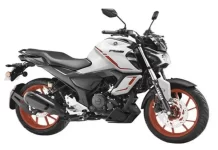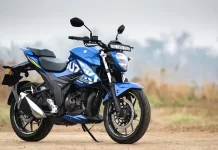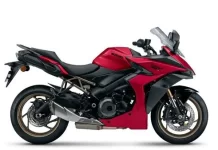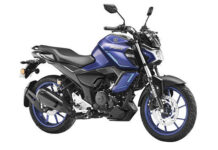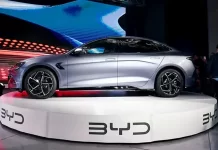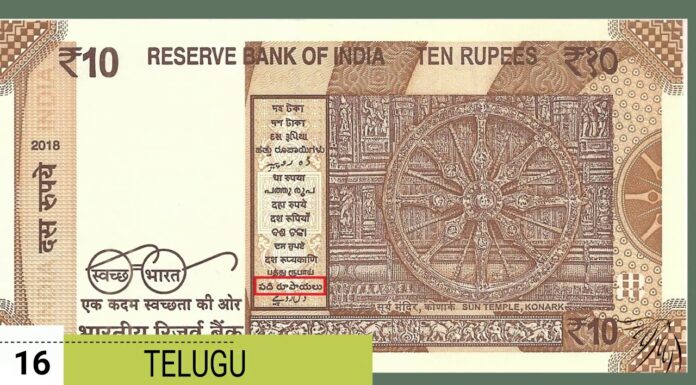Leather Sewing Machine’s Game-Changing Advantages
Sewing is frequently used in great leather work. A leather sewing machine can substantially assist in the creation of larger pieces or in the production of huge quantities.
Leather sewing machines are powered sewing machines that are used to sew leather together. They are typically industrial-grade. They can pierce thick, heavy materials and run for hours without overheating as a result of this. The prices range from $500 to $2000. A well-kept machine can last for decades.
It’s crucial to understand which machine and accessories are best for the type of leather work you’ll be undertaking.
What is sewing machine?
A leather sewing machine is a machine that is used to join leather pieces together. It mechanically moves a needle into leather material, sewing parts together, using either electrical or foot power. While there are many different types of sewing machines, the most are designed to work with a variety of fabrics. Cottons, polyesters, nylons, rayons, linens, muslins, and other fabrics are examples.
Muslin, for example, is a thicker fabric that might be 0.32mm thick. The thickness of a thin 3oz weight leather is roughly 1.2mm. And it’s a lot denser. With leathers as thick as 10 oz (4.0 mm) and heavier, a machine capable of pushing through the material is required.
Sewing machines capable of handling heavier materials, such as leather, were developed as a result. Due to their capacity to be utilised in manufacturing, production, or heavy use applications, these are commonly referred to as “heavy duty” or “industrial” equipment.
Hand stitching leather is possible, although it usually necessitates evenly designating the holes, piercing the holes, and then making each stitch by hand. As a result, while successful, this can be time and effort intensive. This process is significantly faster, more accurate, and efficient when done using a leather sewing machine.
Do I need a leather-specific stitching machine?
Yes, you will need a particular sewing machine for leather in general. When it comes to machine-sewing leather, this is a common question.
If you’re just getting started and want to try stitching on extremely light (1oz) leather, you might be able to use a machine you already own or have access to.
What Is the Difference Between Leather Sewing Machines?
There are a few fundamental differences between leather stitching machines. When deciding whether or not you’ll need a dedicated leather sewing machine, it’s critical to evaluate each. The following are some general resources. Sewing machines with a wide range of functions, including hybrid standard/industrial machines, are available.
Power
Standard sewing machines have a power output of roughly 100 watts. Some industrial and leather sewing machines can deliver up to 550 watts of power. That’s a tremendous difference in power. Thicker, heavier leathers must also be pushed through.
Leather sewing machines may have a motor that is separate from the machine since the motors are so powerful. They normally dangle below the machine table and are connected by a belt that provides power to the gears of the machine.
These machines are often made of heavy-duty materials and require a strong table to sit on and provide consistent stitches. Leather sewing machines can weigh up to 60 pounds, compared to 15 pounds for normal sewing machines.
Sound
Larger industrial sewing machines usually make a little more noise while in use. This is owing to the use of bigger moms, which are noisier during surgery.
Foot Controls That Are Larger
Sewing speed is controlled by pressing down on a little foot pedal on standard machines. Industrial machinery may have a platform large enough for both feet to rest comfortably.
Foot Presser
A foot on standard sewing machines allows the fabric to glide under it as the machine pulls it through. Leather is a little more “sticky,” and it necessitates a foot that allows it to thread smoothly through the machines. Leather sewing machines typically employ one of the following types for this purpose:
Taking a Walk
Rather than gliding over the leather, this variety holds it. It aligns the grip and action of the feeding feet beneath the matter so that they move in lockstep, evenly conveying the leather through the machine.
Foot made of Teflon
This is a Teflon-coated sewing machine foot that is widely used. Teflon’s characteristics make it basically non-stick, allowing the leather to slide easily under it.
Foot with a Roller
Little rollers are integrated into the foot of this design. They roll as the material comes into touch with them, allowing the leather to travel freely through without being trapped.
Needles
Thin and able to piece more delicate materials are standard requirements. Cottons, for example, can be seen with a #10 needle. Heavy needles sized up to #20 may be used to sew leathers on industrial machines.
Thickness of Thread
Leather sewing machines often employ thicker threads. A light #46 thread may be used on standard machines. #346, which is significantly thicker and heavier, might be used in an industrial sewing machine.
Type of Thread
With thinner materials, cotton threads are frequently employed. Nylon or polyester thread is commonly used in leather sewing machines because it is stronger and can better keep together the heavier material.
Maintenance
Oiling the mechanical parts of standard sewing machines is recommended once a week. Leather sewing machines need to be oiled more frequently, around every 8 hours of use. Depending on how often you use it, it may be once a day.
Because they carry a lot more force than ordinary machines, proper oiling is required to keep the mechanical parts running so strongly and smoothly.
Durability/Warranty
A one-year warranty is possible for standard computers. Warranties on heavy-duty machines can range from 5 to 25 years.
Rate of Stitching
Standard sewing machines sew at around 850 stitches per minute (spm) when measured in stitches per minute (spm). Leather sewing machines can sew at speeds of up to 3,000 stitches per minute.
Length of Stitch
Stitch lengths of up to 6.5 mm are available on standard machines. Industrial machines have a resolution of roughly 10mm. Longer stitches can be used to attach larger, heavier materials more securely.
Is it possible to stitch leather with my sewing machine?
Sewing leather can be done using a conventional sewing machine. However, one must be conscious of one’s limitations.
Using a regular machine and a very light (approximately 1oz) leather, for example, could work. Needles made specifically for leather should be used. It is recommended that the thread be thicker than normal thread. During use, it’s important to go slowly. The machine will require some time to penetrate the leather and finish the stitches.
Even then, pieces may fail. Everything relies on the machine, how it’s cared for, and how it’s used. So, if you’re curious about sewing leather and want to try it out before investing in a dedicated leather sewing machine, it’s possible.
Just take it slowly and cautiously. The machine is prone to breaking because it was not designed to handle larger materials. It’s also possible that the machine will overheat, causing the motor to burn out. Using a machine designed for the job is, of course, the best option. That would be a leather sewing machine for industrial use.
What kind of leather thread is used?
Leather is usually stitched with nylon or polyester threads. The synthetic materials’ robustness is often advantageous to the finished products, allowing them to last longer. There are two types of nylon threads that are widely used.
Nylon Thread with a Bonded Finish
The strands of nylon that make up the thread are bound together in this type, usually using a heating process. As a result, the strands are virtually combined into a single thread, making it stronger and more robust, as well as resistant to wear and abrasions.
Nylon Thread
The wax coating on waxed nylon thread covers the full exterior of the thread. As a result, it is easier to sew with (the wax a lubricant of sorts as the thread pushed through the leather). It also protects the threads, making them more resistant to moisture and abrasion.
What is the price of a leather stitching machine?
Leather sewing machines can cost anything between $500 and $2,000. Leather sewing machines must be built with more robust components than ordinary sewing machines, which start at roughly $150. To assist consistently force needles through heavy leather, stronger motors and parts are required, and the extra strength and longevity of those components boost to the cost.
Another cost associated with owning a leather sewing machine is the table it will sit on. These industrial devices require a very sturdy surface to rest on because they can be rather hefty. These tables can cost several hundred dollars and weigh up to 100 pounds. Some specialty machines come with a custom-sized and-fit table that can be purchased separately.
While not usually essential, these bespoke tables may make it easier to fit the motors (if they are separate from the machine) and other mechanical pieces like the foot control pedal.
For more information, visit: https://bariway.com/









